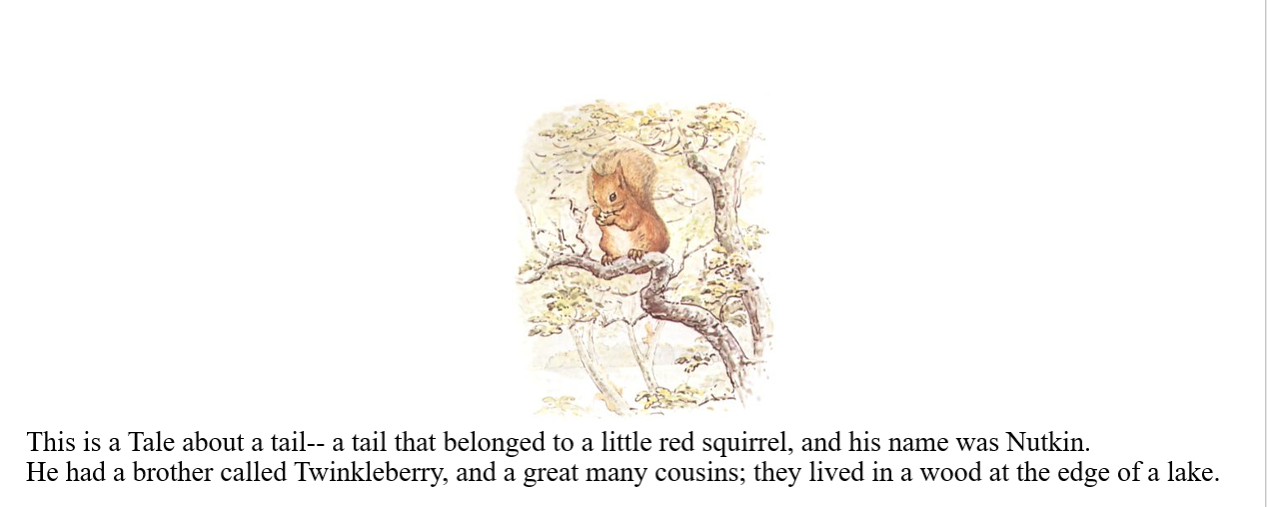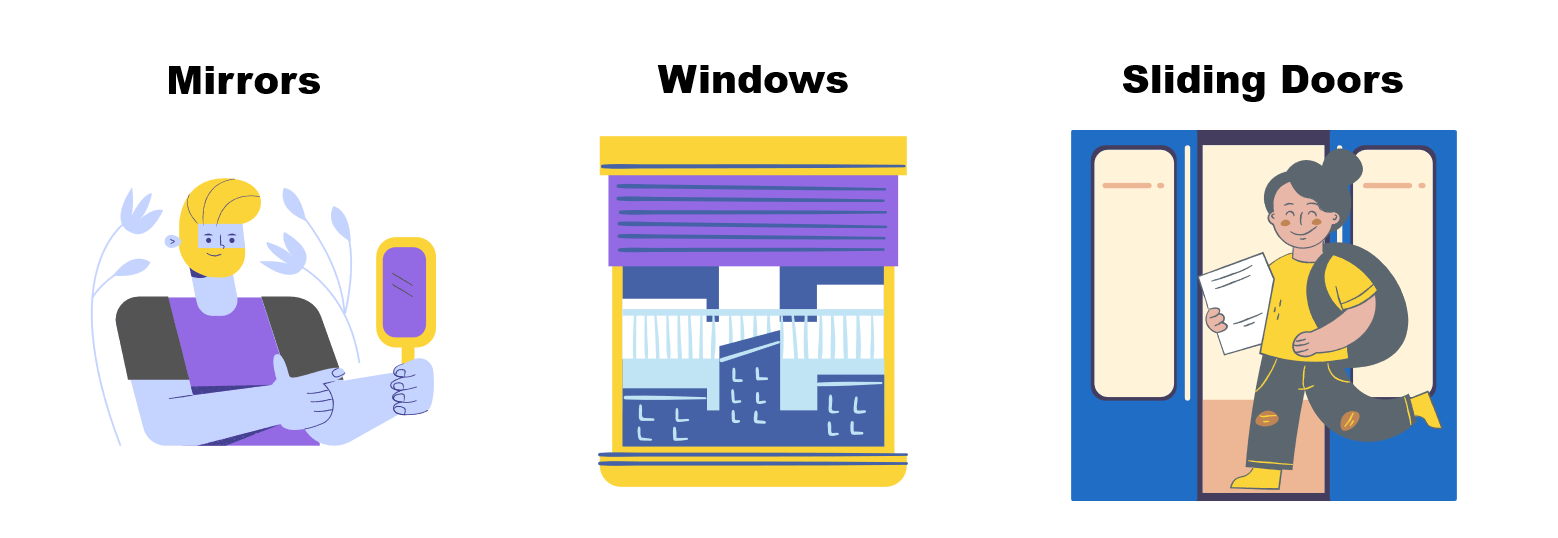You are here
Text Types: Decodable, Leveled, & Authentic
Decodable Text
Decodable text is the type of text that focuses on the phonetic code and presents words to students that follow the concepts that they have been taught. In this way, students are encouraged to attend to the code and use their phonics knowledge to decode words. Using decodable texts is a method that helps all and harms none for beginning readers. The use of decodable text provides a reliable pathway to moving students to accurately and successfully reading authentic literature of their choosing. When students are able to apply their decoding skills with fluency, they are able to transition away from decodable books to less phonetically controlled, authentic text.
What is the Difference Between Decodable Text and Leveled Text?
Students need to develop fluent word recognition and skilled language comprehension to become proficient readers. With our most beginning readers, we use varied types of text for different purposes with the end goal of students being able to pick up any book of their choosing and successfully read and enjoy it. This document details the difference between decodable and leveled text, when and why decodable text should be used, the role of appropriate text in orthographic mapping, why leveling is problematic, and the circumstance where leveled text is appropriate.
Selecting Decodable Text
This document can help guide decision-making in selecting and purchasing decodable materials. Because decodable text is only decodable if children have been taught that particular letter pattern, it is important to align the text with what children have learned. Quality decodables will include a scope and sequence of the books to help match the book with the reader. When using decodable text, the focus is on the phonetic code and decoding, ensuring that students are applying phonics knowledge rather than guessing strategies. This text should not be highly repetitive to the point where students can guess or predict what happens next, nor should pictures be used to support word identification by matching the picture to the word.
Decodable Text Booklists
This page includes three decodable booklists with links for checkout through local public library resources. Titles are available for checkout at your local public library through the Prospector program or through the hoopla ebook platform. Prospector is a unified catalog of academic, public, and special libraries in Colorado and Wyoming. The hoopla platform is not available through all public libraries, please check with your local library for access.
Authentic Text
Authentic text is a text that has been written to entertain, inform, explain, or evoke a response. Authentic text are used in read-alouds to build vocabulary knowledge and background knowledge, as a model for complex sentence and text structure, and to build other language comprehension skills like inference or learning figurative language. This type of text is not controlled by phonics patterns or leveled in any way. The text often uses more robust and precise language to describe things. By building decoding skills in beginning readers, we are able to meet our end goal of all students being able to read authentic text independently. A more complex "leveled text" might be used as an authentic text for readers who are able to apply their decoding skills automatically and successfully read it.
Text Talk Lessons
Stories that Reflect Own Experiences and Experiences of Others
Books teach us about the world-- and because of this, it's important to choose books that reflect the multicultural nature of the world. Culturally responsive literature is important in classrooms and libraries and benefits all children. It’s important for students to have access to books that reflect their lives, reveal other experiences, and help expand their thinking. Dr. Rudine Sims-Bishop used the metaphor of mirrors, windows, and sliding glass doors to describe this. Children need to read books where they can see themselves (mirrors), where they are introduced to different world views that can be both real or imagined (windows), and opportunities to step into and get lost in those worlds (sliding glass doors).
Decodable Text, Leveled Text, and All the Rest Podcast
Dr. Amy Murdoch discusses the importance of text in reading instruction for beginning readers and older struggling readers. Research indicates that the type of text matters and Dr. Murdoch shares specific recommendations based on the goals of reading instruction and intervention.
Tips for Beginning Readers
Child Reading to Adult
- Know what the child has learned and what they have not
- Choose books with phonics patterns that the child has learned
- Ask the child to sound it out
- Point to the letters and ask what sounds they represent
- Consider looking at the pictures after reading the words
- With irregular words, talk about the sounds the letters are making
- Reread sentences with accuracy
Adult Reading to Child
- Choose books with robust vocabulary and interesting stories
- Take your time reading
- Point to words as you read them
- Ask questions where the child responds with text evidence
- Talk about the story and relate it to their personal life
- Talk about new vocabulary words that you come across
- Continue a read-aloud practice even after the child becomes a reader
Read Don't Guess Bookmarks
Because of their potential interest or usefulness to the education community or the general public, the Colorado Department of Education (CDE) occasionally provides links from this site to external web sites. It attempts to monitor such links on a regular basis. However, the Department cannot be responsible for the content of any site external to its own.
Further, by linking to other sites, CDE is not endorsing any particular product, practice, service, provider or institution, nor does it necessarily endorse views expressed or facts presented on these sites.
In addition, neither CDE nor any of its employees makes any warranty, express or implied, or assumes any legal liability for the accuracy, completeness, or usefulness of any information linked to from this site.






Connect With Us





